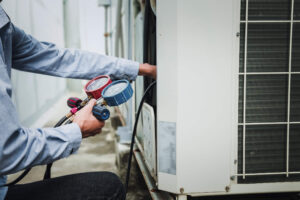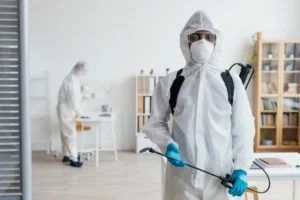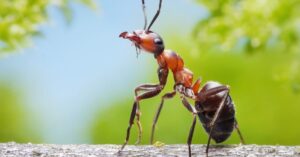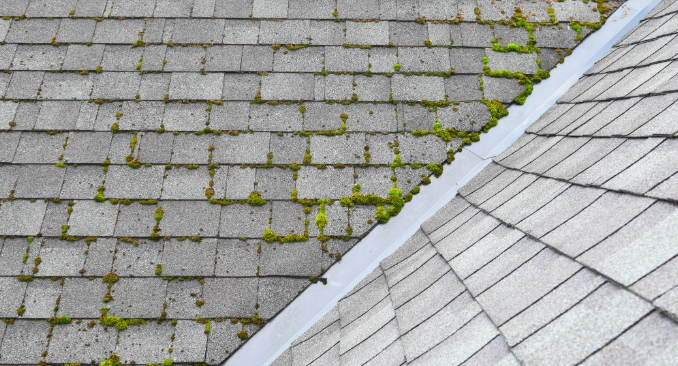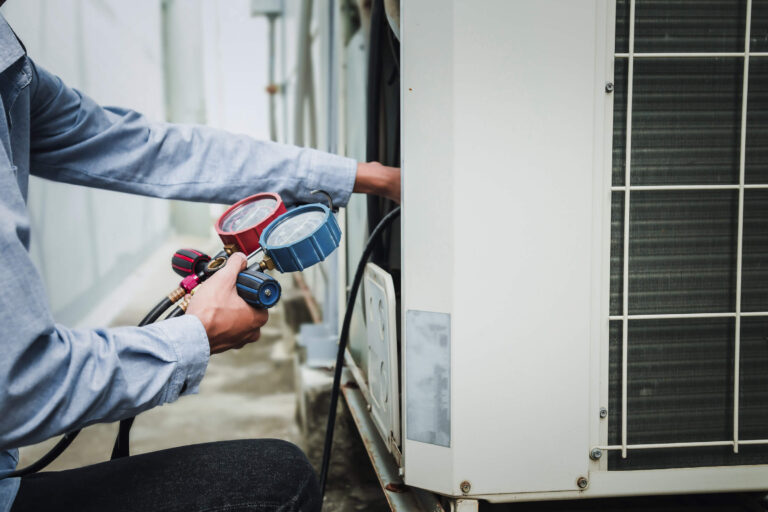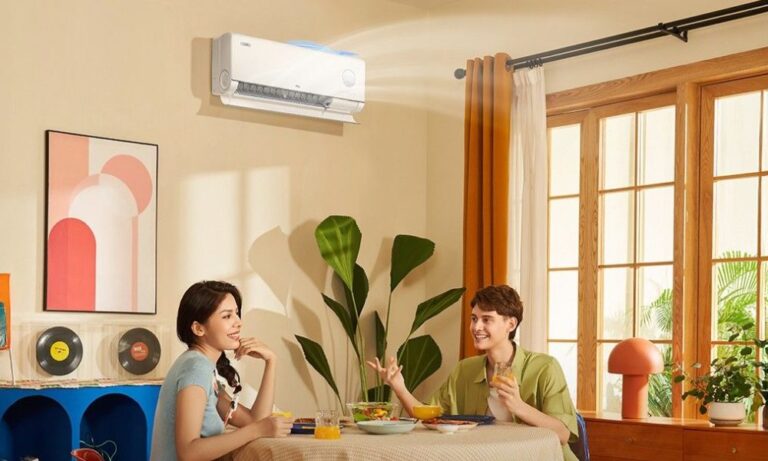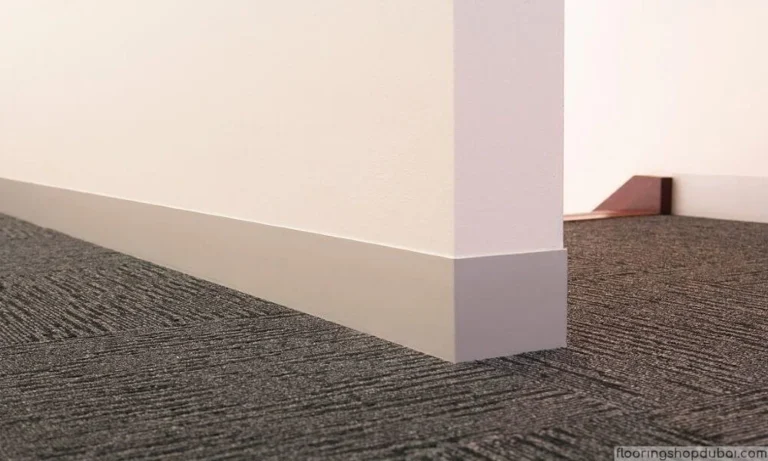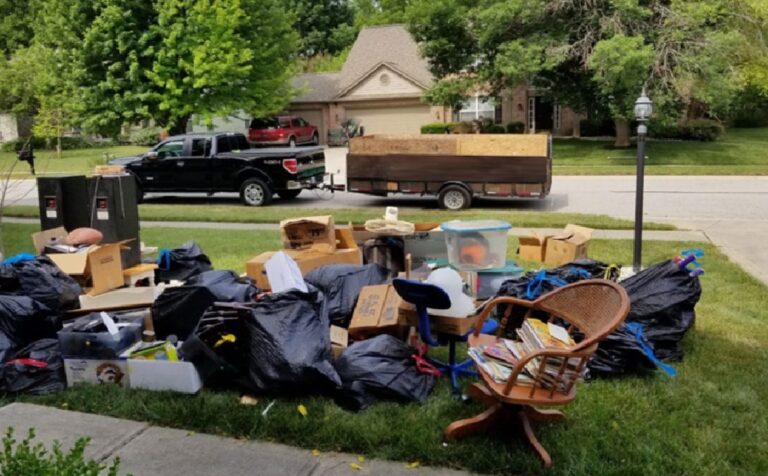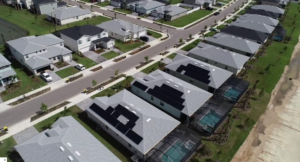Mold can be found almost anywhere moisture is present, including around leaky pipes and wet basements. Algae, which is characterized by a dark-greenish color, can slowly eat away roof shingles. This results in unsightly rot. The most common signs of mold on roof shingles are black streaks and stains. While it’s more prevalent in areas that have warm, humid summers than in others, it can also grow in many other environments.
Mold on roof shingles can be a common issue in areas with high humidity, moisture, or lack of proper ventilation. The mold can appear as black, green, or gray spots and can cause damage to the shingles, reducing their lifespan and creating an unsightly appearance.
To remove mold from roof shingles, follow these steps:
- Protect yourself: Wear gloves, a mask, and eye protection to avoid exposure to mold spores and spores.
- Clean the surface: Clean the surface of the shingles with a mixture of water and a cleaning solution, such as bleach or a commercial mold-removing product.
- Scrub the surface: Scrub the surface of the shingles with a soft-bristled brush. Be sure to scrub thoroughly to remove all of the mold.
- Rinse the surface: Rinse the shingles thoroughly with water to remove all of the cleaning solution.
- Let it dry: Allow the shingles to dry completely.
- Repeat if necessary: Repeat the process if mold remains.
- Prevent future mold growth: To prevent future mold growth, consider installing a roof ventilation system, keeping gutters clean, and removing organic material from your roof.
This article was written by a roofing professional at Roofing.co. At Roofing.co, we’re determined to be the only one you need to hire when looking for roofing contractors in New Port Richey FL. We take a modern, professional approach to the roofing business in order to ensure our customers in St. Petersburg and the Central Florida region have the best possible experience whenever they choose us.
